Otters
Everyone loves otters because they know how to have a good time.
These images from Unsplash were taken by a photographer who identifies himself as Jim from the UK.



Otters splash in the water and romp on the shore. Sometimes they eat fish. With weasels and stoats, they share a boneless sinuousness that is immensely appealing. They are my favorite animals to watch at the zoo. What are yours?
Check in
And while we’re on the subject of you and your favorite animals, how are you doing? Are you taking time for yourself? Are you living and loving and forgiving with great and grand gusto?
Summer is beginning to wind down, with all the bittersweet longing that entails. Labor Day is just two weeks away.
Soon, no more swimming outdoors. No more shrimp on the barbie. Stores are ramping up their back-to-school displays.
I wish for you an easy path into autumn and winter. A joy in the shortening days. A fish on the end of your line or a base hit from your bat.
Kick back just a little more as summer trails off. Play some gin rummy or Scrabble. Watch mindless TV. Lay out your fall wardrobe.
Get ready to vote.
Poem from a quotation
"Expect poison from standing water." William Blake, The Marriage of Heaven and Hell
Standing water
No motion except When raindrops disturb, Or wind ruffles over, Or deer dips to drink. Just standing in sunlight, Fecund with meaning, Maybe deep, maybe shallow. Stopped. Nothing moves. But yet, in the water, Life teems and churns, Protozoa and algae, Insect eggs resting. Even when stagnant, Water is living. Even when stagnant, Our lives move on. Always, beneath and below, Life unexpected. Not what we wish for, Poison or no.
Address matters
When I first started corresponding with a friend from college who lived in Portland, Oregon, I couldn’t understand her strange address. She lived on SW 45th Avenue. What’s with this Southwest address? I wondered. In my experience, streets ran in cardinal directions. One lived on South Main or West Fifth. Did the streets in Portland run in oblique directions, against the compass?
Once I moved to Portland, it all became clear. The SW in my friend’s address meant she lived in Southwest Portland, one of five “quadrants”: Southwest, Northwest, Southeast, Northeast and North. A sixth district, South, was added in 2018.
Renumbering
How the city came to have address quadrants is a long and involved story. Until 1931, the city was a hodgepodge of streets that changed names midroad. House numbers were arbitrary. On Clinton Street, The Oregonian’s editorial board noted at that time, “the numbers jump without warning from 1220 to 4100, and Clinton takes on a new name.”
The city fixed all that over the period of 23 months in an effort called “the great renumbering.”
Ghost streets
As part of the renumbering, all of the east-west streets became streets and all of the north-south streets became numbered avenues. That meant that some north-south streets had names that ceased to exist.
On my wandering in Southeast Portland, I often encounter street corners that don’t have curb cuts for my wheelchair. What they do have are the old impressions describing the streets. These are what I mean by ghost streets.
Marguerite Street, for instance, is now Southeast 35th Avenue.
Kenilworth Avenue morphed into 28th Place.
Glenn Avenue gave over to 32nd Place.
This photo shows both the metal reinforcement often found at street corners and a misspelling of Taggart Street. The misspelling persists for several blocks.
These mysterious words are in the pavement at Southeast Spruce at Harrison, in Ladd’s Addition. The city records of the changes don’t list any Park street or avenue in Southeast Portland.
Renumbering
Portland did not always have six “quadrants” that dictate street addresses. That happened in 1931, when “the great renumbering” streamlined street address. It was based on a system that had worked well in Philadelphia and Milwaukee, Wis.
The 1931 renumbering was the brainchild of Asbury Lincoln “A.L.” Barbur, a city commissioner for whom Barbur Boulevard is named.
His plan established Burnside as the divider between north and south. The Willamette River continued to define east and west. Where the river’s path created a bulge of land pushing west, a fifth district, North, was added. The dividing line between North and Northeast is North Williams Avenue, not, as many people assume, Union Avenue, which later became Martin Luther King Jr. Boulevard.
Almost every house number in the city was changed. City employees went from house to house, providing each homeowner with number tiles, black on white, and an aluminum holder. Thousands of homes in the city still have those numbers.
All tied up
A lengthy article in the Sunday Oregonian of July 16, 1933, describes the wrap-up of the numbering. It was written by Hilmar B. Grondahl. (Grondahl, who was born in 1899, was a fixture at The Oregonian. When I started at the paper in 1976—43 years later—he was still on staff, just ending his career as the classical music critic.)
Grondahl’s 1933 story goes over the bones of the renumbering, including that each block began with another hundred, so that numbered streets are, for example, in the1300 block at Southeast Madison and the 1400 block at Southeast Hawthorne. Southwest and Southeast don’t match up: Southeast Morrison is the 800 block, while Southwest Morrison is 700. The 800 block in downtown (Southwest) begins at Yamhill.
Every address has a secret
One really neat thing about addresses: the last two digits of any address in the city of Portland can be used to figure how far the address is, in feet, from the previous intersection. If you take the last two digits of the address and divide by 0.2, that is the distance. My address ends in 16; divided by 0.2, the result is 80. And my front door is about 80 feet from the corner.
I looked up my address, 2716, in the Directory of Street and Name Changes put out by the city in August 1933. The old number was 844.
More curb words
A multiword
I’ve become fascinated with words that have multiple meanings. I wonder if there are more of them in English than other languages.
Today’s word is
Frog
How many of these meanings of frog do you know?
The amphibian
The end of a violin bow, the part that you grasp
A fastening on a coat or cloak. It features a button or toggle that passes through braid that’s attached in a decorative manner.
The spindly, spiky thing that sits in the bottom of a vase and keeps flowers upright
A catch in your throat
A pejorative word for a French person, a reference to the French eating frogs’ legs. The only time I ever encountered “frog” used in this context was when Michael Hall, a reporter for The Daily Cal at Berkeley back in about 1970, used it to refer to his own French ancestry.
And a couple that I didn’t know
A grooved metal plate that guides the wheels of a railroad car at an intersection
An elastic, horny pad growing in the sole of a horse’s hoof that helps absorb the shock when the hoof hits the ground
And do frogs really say “ribbit”? As far as I recall, “ribbit” was a word made up for comic purposes by the Smothers Brothers comedy team in the mid 1960s. It’s not a real word, in my opinion, although it’s accepted by The New York Times Spelling Bee.
Check out
Fall is approaching, with its promise of new beginnings. It’s only been four months since I moved back home from assisted living, but that seems like a lifetime ago. Now that I’ve moved away from Rose Schnitzer Manor, I miss the water feature with the frog chorus in spring and summer.
While living there, I wrote a number of poems with frogs in them, several of which I have already shared in Becoming, including here. This is another.
Moonlight mirage
A fox in moonlight A backing of frogs Owls and woodpeckers An abandoned fountain. If I blink, I’ll lose them, These visions I conjure. Crafted of moonlight, Sketched by the stars. Curl into a bottle, Hide in the cellar. Spill salt on the placemat. Abandon the mess. Move on with my life, Hearing frogs in the moonlight, But never that fox— The fox was a mirage.
-30-
If you enjoyed this post, hit the ♡ to let me know. Thank you.
I love it when folks leave comments, too. Click on the thought bubble at the top of this posting.
If you think others would like it, hit re-stack (the interlocking arrows at the top of this item) or share. Though, frankly, I’m not sure where those re-stacks end up.
Also, if you have been enjoying Becoming week after week, please consider a paid subscription. A yearly subscription is $50, less than the cost of one latte per month.



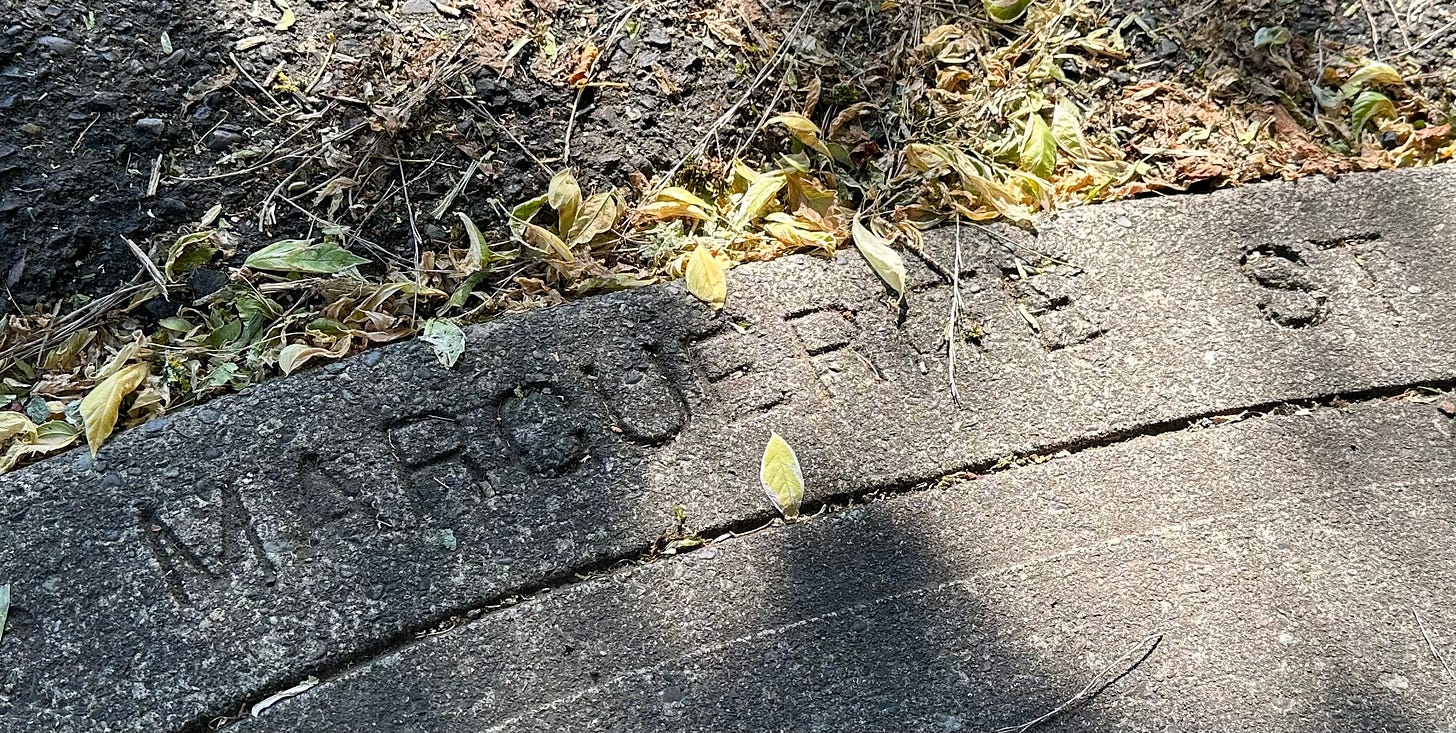
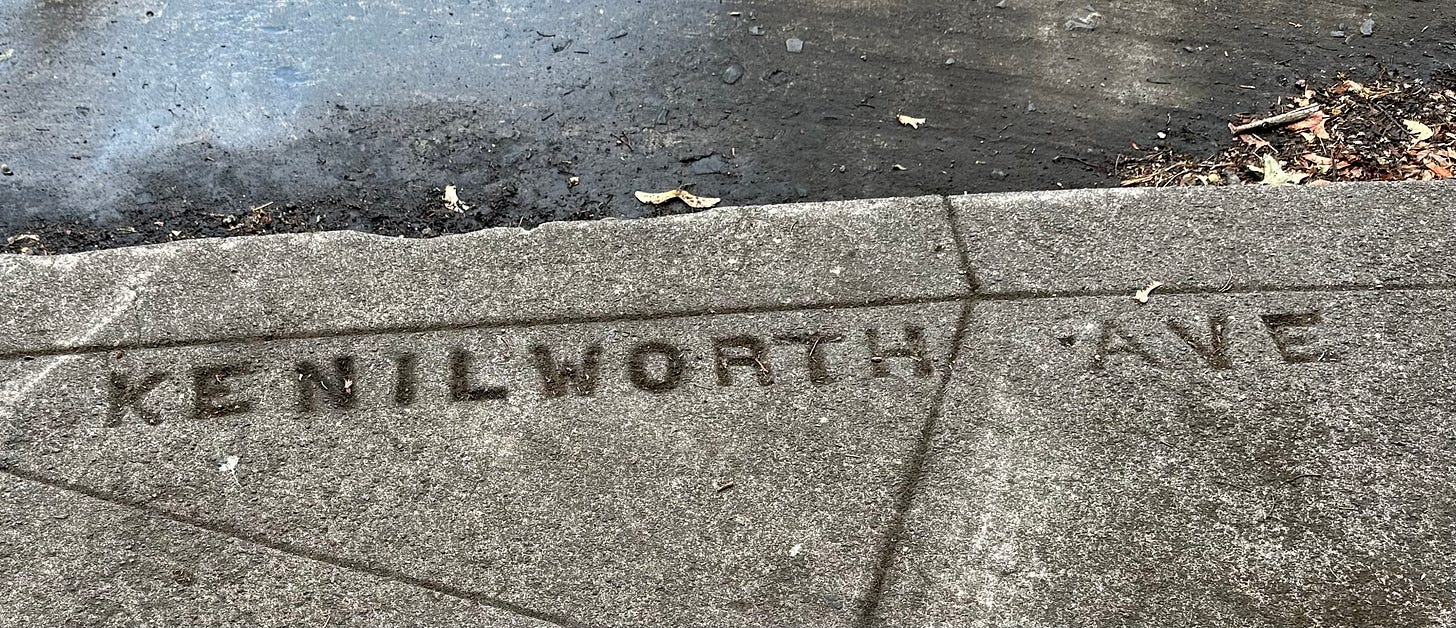
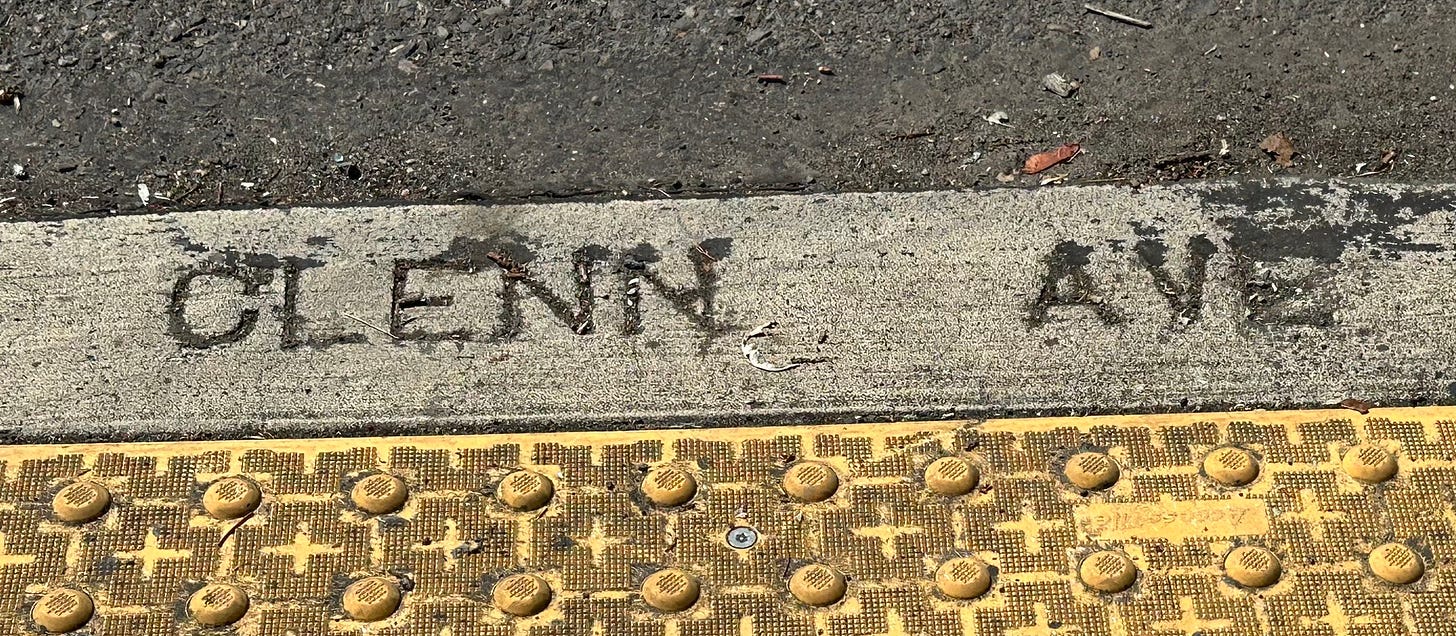

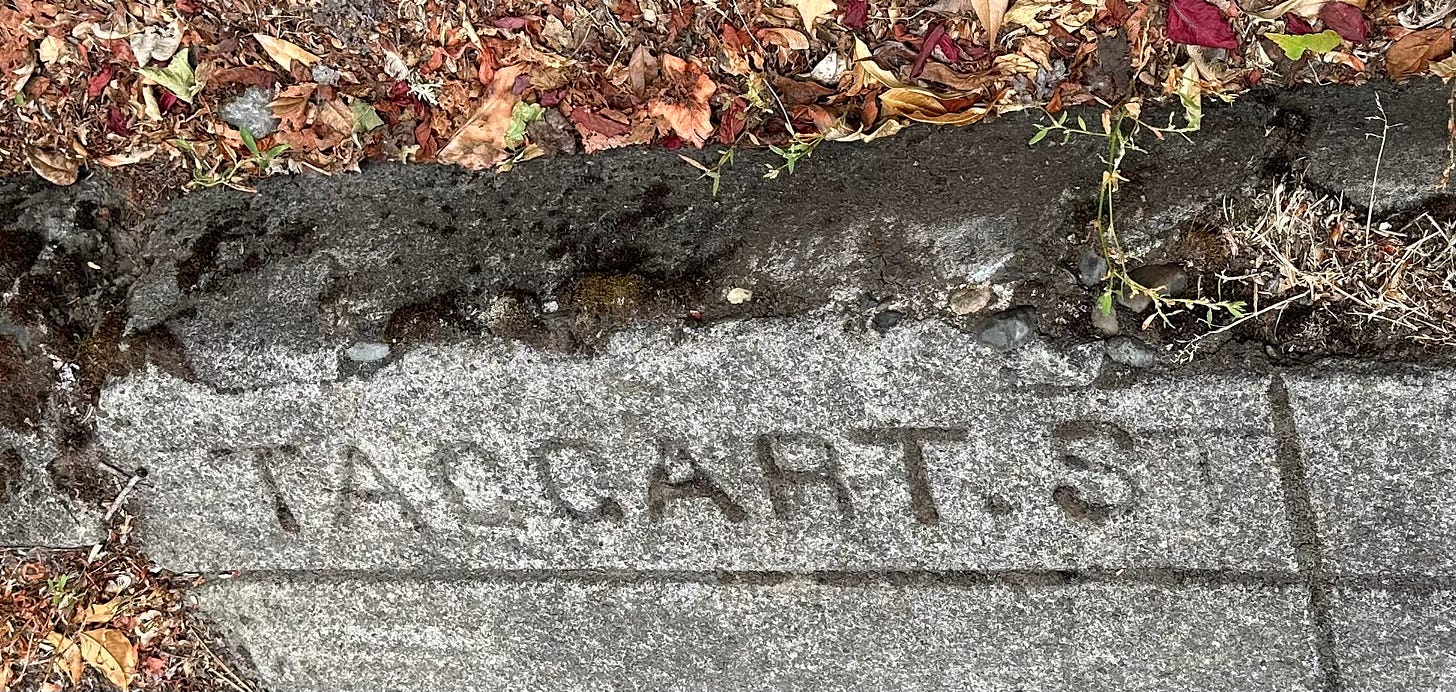
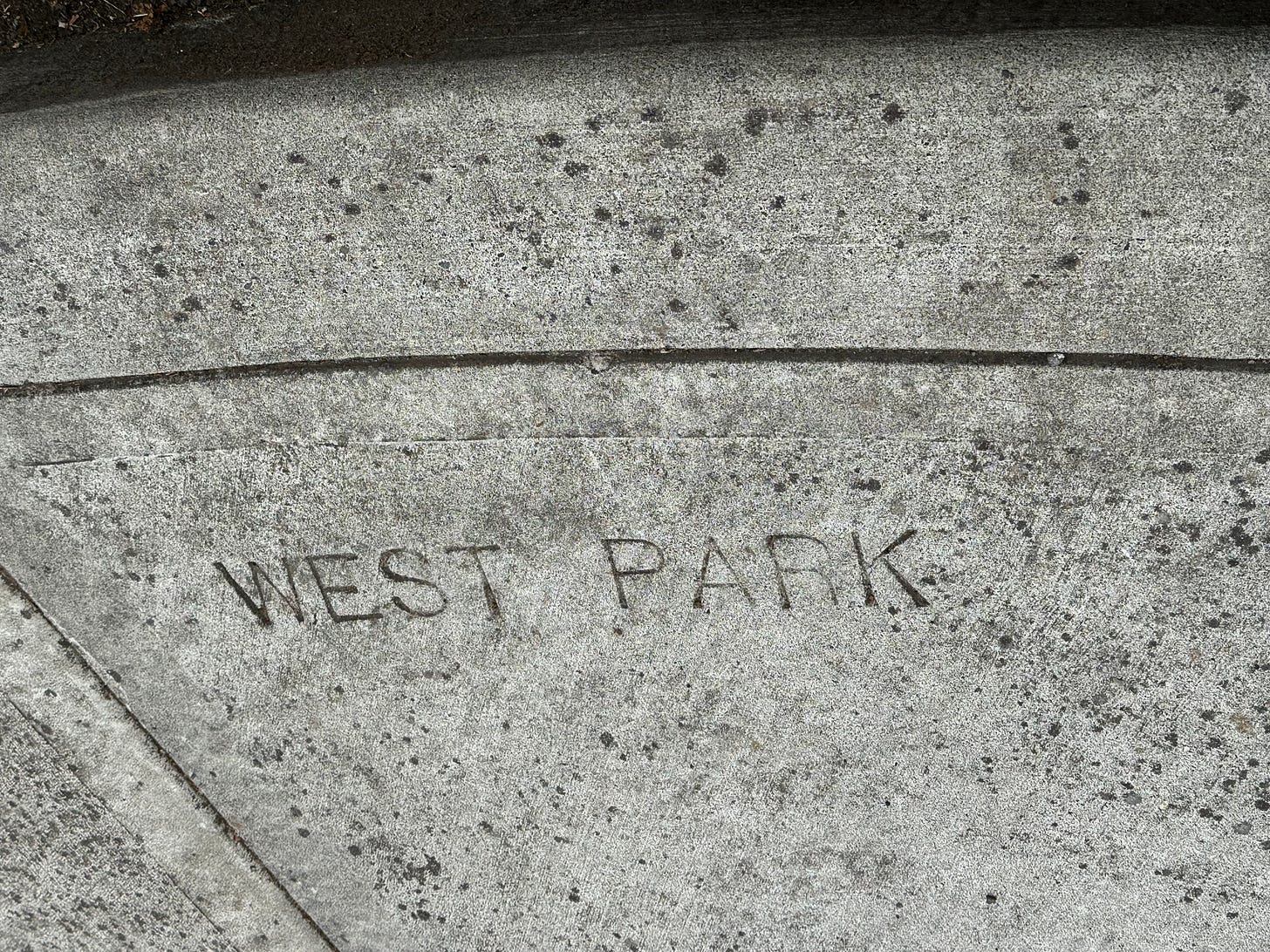
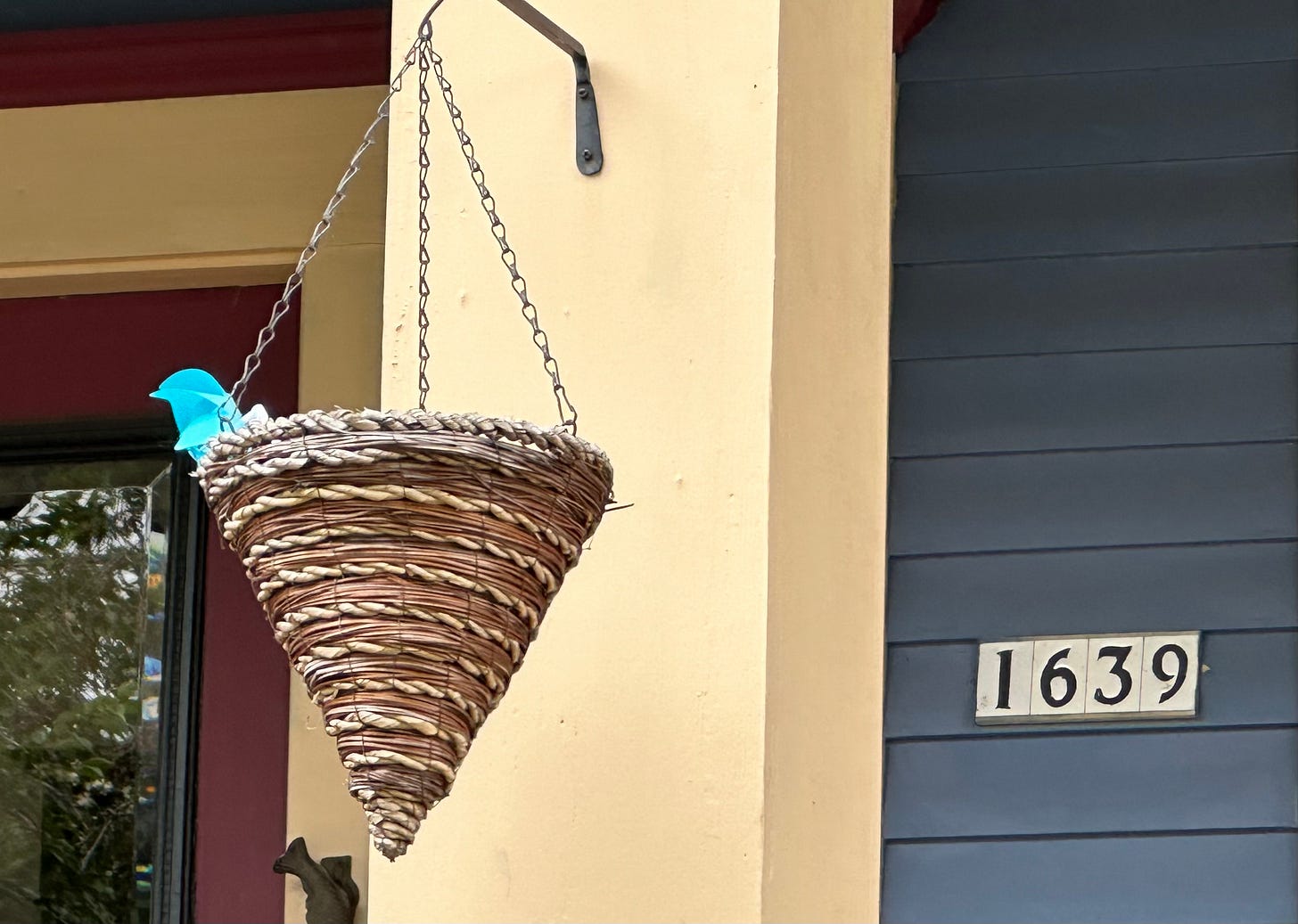

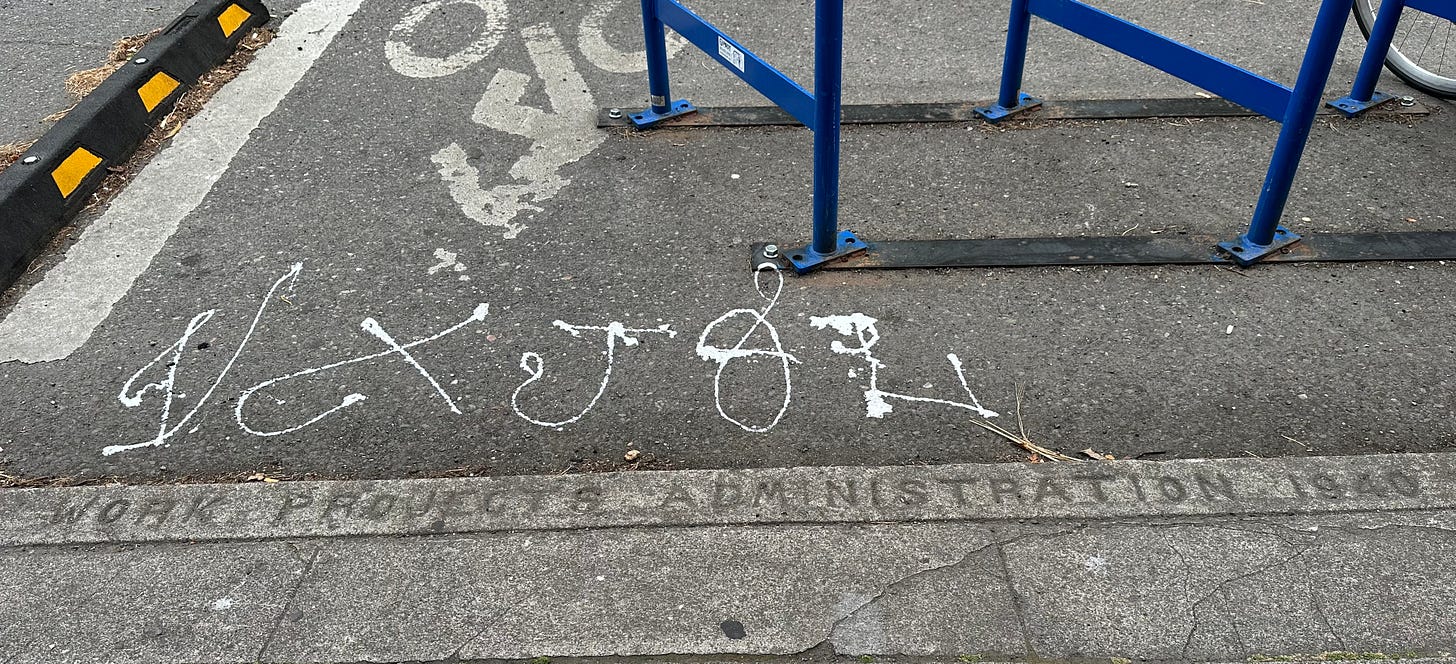

Fran, I have more pieces to add to your history of Portland street numbering.
First, I want you to know that I met you around 2011-12 at Laurelhurst Park, I think, when Debilyn Molineaux had an organizing meeting for Coffee Party newsgathering. So when I saw you on Facebook, and now on Substack, I followed your writings. I appreciate reading your work, but for the first time I have a response.
I moved to Portland around 2005, bought a 1888 house near downtown a year or two later (I’ve since left it), and started to investigate the history of our houses and streets. I got a tour of some of the old streetcar lines (maybe from Dill Pickle Club AKA Know Your City or Architectural Heritage Center).
We heard that what are now Portland city neighborhoods used to be a collection of separate small towns, accessed by streetcars rather than by travel on streets, all with their own internal streets and a few arterials such as Asylum street/boulevard. I understood that the great renumbering in the thirties was part of bringing all the towns into the one city of Portland. They had to connect the neighborhood streets (often with offsets that survive to mystify us), decide on common names/numbers within the quadrants, as well as renumber the buildings’ addresses. It was so good to hear from you about the extra thought that went into choosing numbers. I’ve heard that other standards were 10 blocks east/west to each half mile, and odd-numbered building addresses on the north and west sides of streets.
I heard about the address renumbering, that those “plain” white number tiles were supplied by the city to everyone. (That’s lots of tiles!) AHC people often say that home buyers in the 2000s who remodel old PDX bungalows and Victorian houses often assume they will discard and replace their address tiles with some fancier design that they think looks more “traditional”; they don’t realize their original tiles’ authentic history.
A couple of years later I was back in the foothills of California to work on preparing my old house for sale. I attended a terra cotta arts festival in Lincoln (a town northeast of Sacramento) at the sprawling Gladding McBean clay factory. At the accompanying “open house” of their sprawling warehouse (it looks like: www.gladdingmcbean.com/?pgid=jvpj6cbx-936679ae-77e0-46df-a851-939e2b518f76), I saw samples and heard more about their projects in the 1930s. Their main challenge at the time was to produce all the clay roof tiles for the buildout of Stanford University in Palo Alto CA (where I grew up), which is a lot of red clay. A staff member said that equally challenging was another contract they were pressed to complete at the same time — thousands of white clay tiles for the city of Portland OR. Seeing those samples in Lincoln CA certainly closed the loop for me, to appreciate those plain little white rectangles on my very old house in Portland.
--Jeanne Bear jeanne.bear@gmail.com
Thank you for the fascinating lesson on Portland streets. Now I have to go see if my front door really is 190 feet from the previous intersection (that sounds about right).